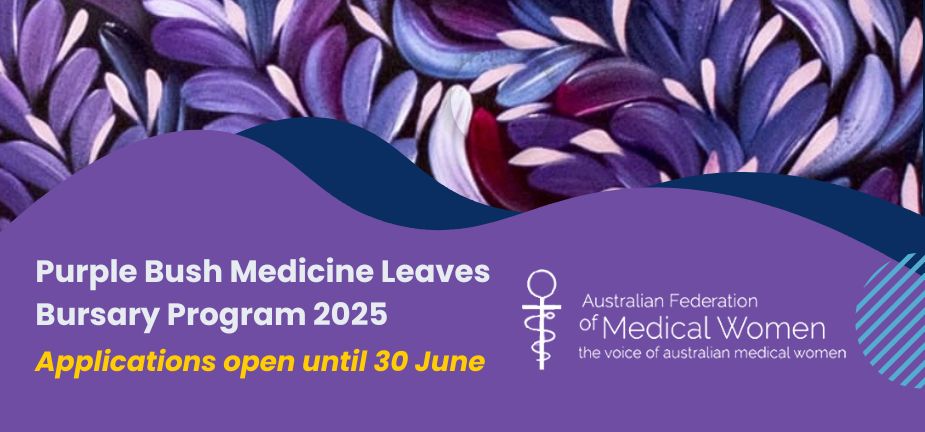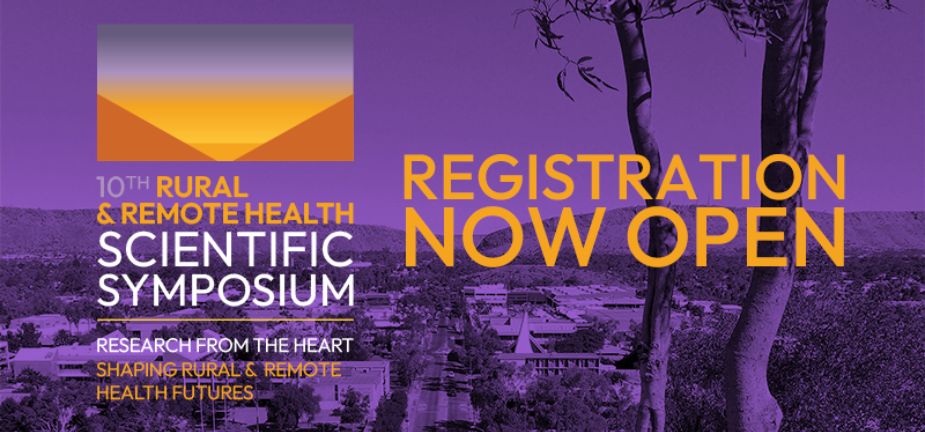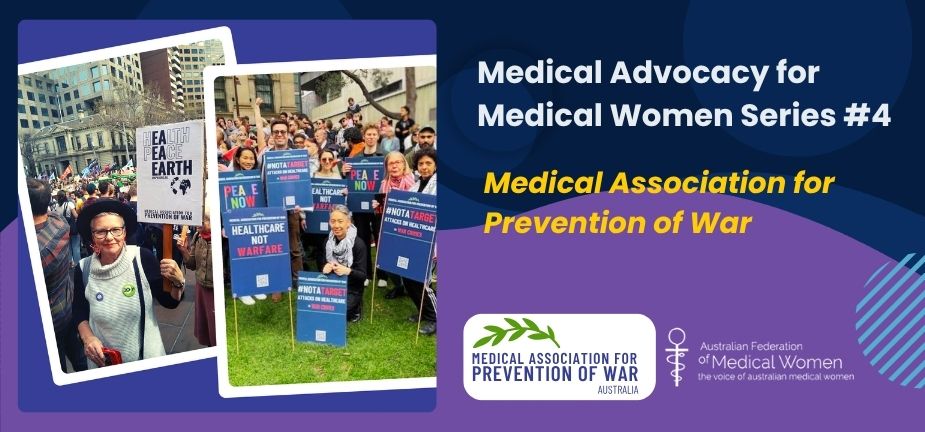In this article, originally published by RACGP, I share insights about how stillbirth is an aspect of obstetric care that GPs may have difficulty approaching.
——————
Australia’s stillbirth rates have hardly changed in 30 years, and experts say a main reason is that it remains a taboo subject.
‘There’s nothing worse than hearing a woman who’s had a stillborn baby saying, “Nobody ever mentioned it to me, I didn’t know it was a possibility”.
‘That’s really quite tragic.’
That is Professor Vicki Flenady, Director of the Stillbirth Centre of Research Excellence (Stillbirth CRE) and lead author of the first paper in the peer-reviewed Stillbirth Series, which provides evidence for urgent action to address Australia’s stillbirth rates.
More than 2000 stillbirths occur every year in Australia – six a day. The risk doubles for Aboriginal and Torres Strait Islander women, and for those from South Asian and African migrant communities.
But Professor Flenady’s paper signals hope.
While up to 40% of late-gestation stillbirths are ‘unexplained’, research indicates that up to 30% of cases may be prevented with better management and assessment of maternal risk factors.
For that to be achieved, Professor Flenady believes there needs to be greater dialogue.
‘The rates of stillbirth in Australia have changed very little over the past three decades. One of the reasons why is that stillbirth has been a hidden tragedy,’ she told newsGP.
‘Every pregnancy is unique. Most women will sail through and have a perfectly normal pregnancy and end with the joy of holding a beautiful, healthy newborn baby in their arms.
‘But there are women who have clear risk factors for stillbirth and it’s identifying those women.’
Dr Magdalena Simonis is a GP with a special interest in women’s health. She says stillbirth has been a taboo topic within society, including the maternal care space.
‘Stillbirth is an aspect of obstetric care that we as doctors might have difficulty approaching, wanting to avoid being the bearers of bad news. Therefore it’s not a conversation that GPs will often have in pregnancy,’ Dr Simonis told newsGP.
‘The risk of second-trimester miscarriage and stillbirth … at 16 weeks is about one in 10, as opposed to one in five for miscarriage earlier in pregnancy. So it’s not an insignificant risk.’
Professor Flenady assures that the conversation does not have to take away from the joy of pregnancy, but can instead be a way of empowering women.
‘We’ve spoken to many women who have had a healthy baby just recently or are pregnant or have lost a baby – they all say one thing: they need information. They need honest, open communication,’ she said.
‘It’s like a risk for anything else, a risk of having a baby with Down [syndrome]. You don’t avoid it, you actually are open about it and have that conversation.
‘There is a way to have a conversation without alarming women. It’s just another thing to think about, and it’s also very empowering now because there are steps women can take to reduce their risk.’
Dr Simonis agrees. To help avoid any unnecessary anxiety, she recommends framing the conversation around health, antenatal monitoring and close engagement with the healthcare system.
Key causes and risk factors for stillbirth include:
- maternal lifestyle – overweight, maternal age, smoking, supine sleep
- maternal hypertension and diabetes
- congenital anomaly
- fetal growth restriction
- preterm birth
- infection.
Dr Simonis says GPs are ‘central’ to preventive care, and risk-factor assessments should ideally start at preconception.
But with an estimated 50% of pregnancies being unplanned, Dr Simonis says assessment of risk factors in antenatal care is critical, as is ensuring routine screening tests, including those for infections such as chlamydia that can cause chorioamnionitis, predisposing women to preterm labour.
Beyond that, she says GPs need to listen to the concerns of their patients.
‘What we do know is that one of the signs that heralds some placental dysfunction is reduced fetal movements,’ Dr Simonis said. ‘Even though it’s a really subjective measure of fetal wellbeing, it’s considered one of the most common presentations and one of the most significant red flags.
‘So if a woman says, “I think my baby isn’t moving quite as much”, doctors should really take that on board and investigate it. We shouldn’t brush it off.’

To help address the disparity among women from culturally and linguistically diverse (CALD) backgrounds, Professor Flenady says clear two-way communication is key.
‘Often we hear that the counselling wasn’t adequate because for the woman English wasn’t her first language and she didn’t really understand the conversation,’ she said.
‘So it’s really important to make sure that there are steps taken to make sure – and it might take a bit more time and may need an interpreter – that women understand what they’ve been told and [are] offered the opportunity to ask questions.’
Concerning recent research found a four-fold increase in stillbirths in the UK during the COVID-19 pandemic. While experts do not think this is the case in Australia, Dr Simonis believes the spike highlights the need for GPs to keep open communication with women, using a combination of telehealth and face-to-face appointments.
She says it comes back to empowering women.
‘[At] Monash Medical Centre – this is only as a consequence of COVID-19 of course – 60% of face-to face-consultations have now been replaced by telehealth and this will be the mainstay of management in antenatal care now in a lot of centres,’ Dr Simonis said.
‘But what they’re encouraging there is for women to communicate closely with their GP, to learn how to measure their pregnancy from their fundal height and to also measure their fetal movements and their weight.
‘So patient education around self-care and monitoring their own pregnancy is going to be central to this if we maintain the level of telehealth that we’ve transferred to. But it is a space that we have to watch.’
A National Stillbirth Action and Implementation Plan has been developed that sets out a roadmap of priorities to be addressed over the next five years. A final draft is out for public consultation, with hopes that it will be adopted by the end of 2020.
GPs can complete Stillbirth CRE’s RACGP-accredited Safer Baby Bundle E-Learning Program. Free to access, it also provides access to downloadable resources to share with patients.
Originally published: racgp.org.au/newsgp/clinical/hundreds-of-stillbirths-preventable-with-improved
Associate Professor Magdalena Simonis AM is a Past President of the AFMW (2020-2023), former President of VMWS (2013 & 2017-2020) and current AFMW National Coordinator (2024-2026). She is a full time clinician who also holds positions on several not for profit organisations, driven by her passion for bridging gaps across the health sector. She is a leading women’s health expert, keynote speaker, climate change and gender equity advocate and government advisor. Magda is member of The Australian Health Team contributing monthly articles.
Magdalena was awarded a lifetime membership of the RACGP for her contributions which include past chair of Women in General Practice, longstanding contribution to the RACGP Expert Committee Quality Care, the RACGP eHealth Expert Committee. She is regularly invited to comment on primary care research though mainstream and medical media and contributes articles on various health issues through newsGP and other publications.
Magdalena has represented the RACGP at senate enquiries and has worked on several National Health Framework reviews. She is author of the RACGP Guide on Female Genital Cosmetic Surgery and co-reviewer of the RACGP Red Book Women’s Health Chapter, and reviewer of the RACGP White book
Both an RACGP examiner and University examiner, she undertakes general practice research and is a GP Educator with the Safer Families Centre of Research Excellence, which develops education tools to assist the primary care sector identify, respond to and manage family violence . Roles outside of RACGP include the Strategy and Policy Committee for Breast Cancer Network Australia, Board Director of the Melbourne University Teaching Health Clinics and the elected GP representative to the AMA Federal Council. In 2022. she was award the AMA (Vic) Patrick Pritzwald-Steggman Award 2022, which celebrates a doctor who has made an exceptional contribution to the wellbeing of their colleagues and the community and was listed as Women’s Agenda 2022 finalist for Emerging Leader in Health.
Magdalena has presented at the United Nations as part of the Australian Assembly and was appointed the Australian representative to the World Health Organisation, World Assembly on COVID 19, by the Medical Women’s International Association (MWIA) in 2021. In 2023, A/Professor Simonis was included on the King’s COVID-19 Champion’s list and was also awarded a Member (AM) in the General Division for significant service to medicine through a range of roles and to women’s health.










